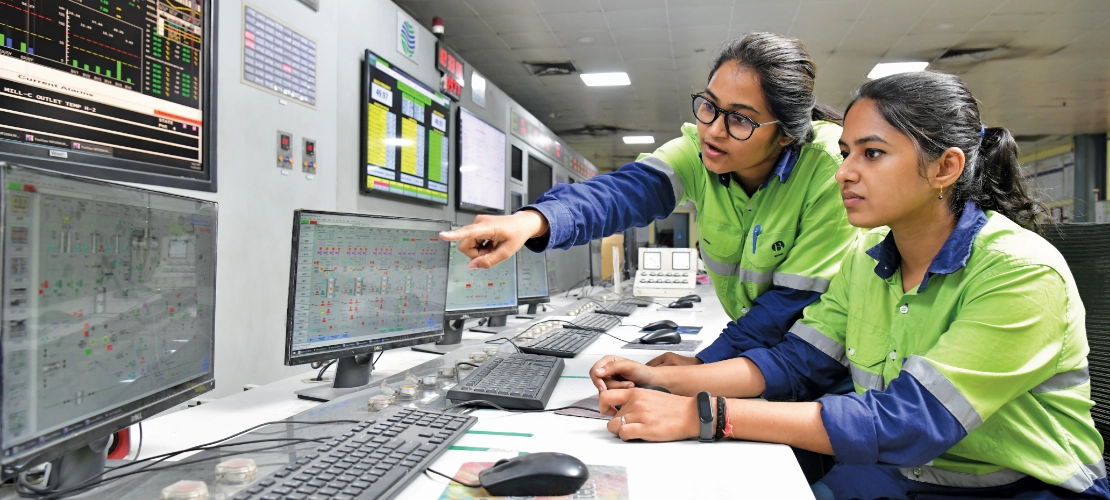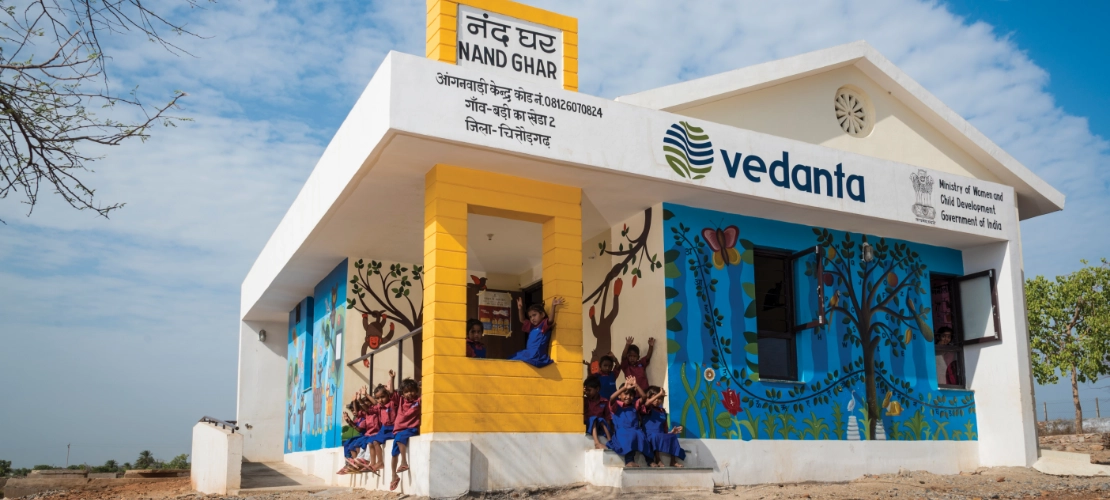
During FY 2024-25, we conducted a renewed double materiality assessment, building on our FY 2022-23 exercise, with guidance from an external partner. Applying the principles of the EU Corporate Sustainability Reporting Directive (CSRD), we identified and prioritised topics that are financially material to our business and carry significant environmental and social impacts. The assessment focussed on evaluating the positive and negative impacts, risks, and opportunities linked to each material topic. This deeper analysis enhances our understanding of critical issues and informs our sustainability strategy. The findings enable us to align our disclosures with stakeholder expectations while reinforcing our commitment to long-term value creation and responsible business performance across the Vedanta Group.
We adopted a strategic approach to identifying and prioritising ESG issues, beginning with the evaluation of over 200 potential topics through industry benchmarking and alignment with global standards. This process culminated in the identification of 26 material topics. We assessed the associated impacts, risks, and opportunities using our sustainability reports and of peer companies and guidance provided by leading industry standards like GRI 11, GRI 14, ICMM, and SASB on ESG to identify top material topics.
To capture diverse viewpoints, we engaged a broad spectrum of stakeholders – including senior leadership, investors, employees, suppliers, regulators, and community representatives – who provided valuable insights across financial and impact dimensions. These inputs were integrated into a weighted materiality matrix, which underwent rigorous review and approval by our senior leadership and the ESG Board Committee. The final outcomes were embedded in our sustainability disclosures and independently assured, enabling us to proactively manage ESG risks and opportunities while supporting long-term value creation.
Our approach to materiality matters encompasses a comprehensive consideration to strategic responses, associated risks, and the capitals impacted. This ensures alignment with global priorities by addressing the relevant UNSDGs. We aim to deliver long-term value for stakeholders while contributing to broader societal and environmental goals through integrating these elements.
The primary outcome of this assessment is the materiality matrix for Vedanta Group depicting 26 material topics plotted on two axes – financial materiality and impact materiality, as shown below:

Vedanta’s "Transforming for Good" strategy incorporates nine core objectives that address our high-impact ESG topics, each underpinned by relevant key performance indicators (KPIs). For the newly identified high-material topics arising from this year’s double materiality assessment, we will develop and map specific KPIs, informed by comprehensive stakeholder discussions. This approach ensures that emerging priorities are seamlessly integrated into our existing sustainability framework, enabling us to drive focussed progress on the issues that are most critical to both our business and societal impact.
Ensuring a secure and productive environment for employees, minimising risks and promoting overall organisational success
Fostering trust, transparency, and accountability, essential for maintaining stakeholder confidence and long-term business integrity

Ensuring responsible mining practices that reduce ecological harm and mitigate long-term liabilities
Conserving water resources, preventing contamination, and supporting sustainable operations in water-scarce regions
Reducing carbon footprints through renewable power adoption, complying with regulations, and positioning us as a leader in sustainability
Reducing environmental impacts and maintaining air quality while ensuring compliance with regulations, and safeguarding public health
Ensuring a secure and productive environment for employees, minimising risks and promoting overall organisational success
